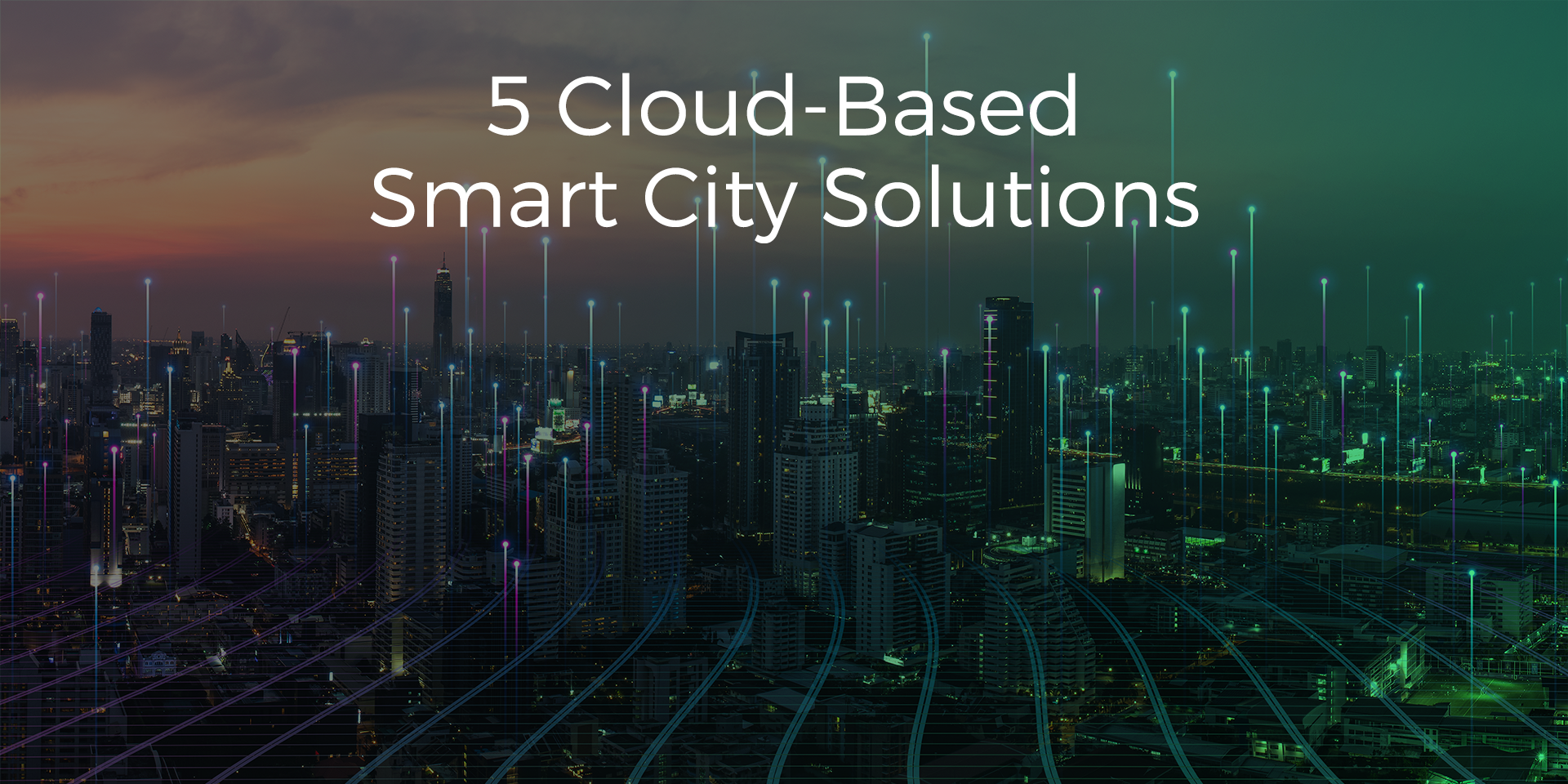Smartphones, smart cars, smart TVs – what about smart cities?
So much of what determines how we live and carry out our daily lives is dependent on the infusion of technology. Governments, communities, and businesses are all letting technology and data guide their decision-making and planning for the future.
From engineering and planning, to how traffic congestion is dealt with, cities too are jumping on the board of leveraging technology for better decision-making and smarter cities.
First, what is a smart city?
Imagine with the flip of a switch or the click of a mouse, every system in a city could be connected together.
A smart city is just that – a city that integrates technology with everyday life to make things easier, faster, and safer. For example, connecting transit and emergency response vehicles to traffic signals can help cut down on response times and lead to safer transit.
Using analytics and data for planning can help cities in every facet from health to more visibility. All of this makes cities smarter and safer, thus helping the citizens of these cities live out their daily lives.
How AI-Driven, Cloud-Based Technology Makes Smart Cities
1.) Traffic Management
When you think of traffic, you most likely envisioning traffic congestion. Whether you’re a city manager or traffic engineer, solving traffic woes and providing robust public transportation to resident’s is always high on the priority list.
Traffic congestion always affects the quality of life community-wide. Imagine the possibilities when smart technologies allow for bus drivers, private vehicle drivers, and other users road users to work together symbiotically.
Implementing simple measures at traffic signals like cloud-based LYT.status, cities can use real-time insights and artificial intelligence to improve traffic congestion!
2.) Health & Safety
When the COVID-19 pandemic hit in 2020, urban areas were hit the hardest. City managers, politicians, and health officials realized very quickly the gaps in their systems.
Smart city technologies can help those health workers make informed decisions in the event of a pandemic, but smarter technology also means bettering conditions as it relates to air pollution, virus spread, noise levels, light pollution, and the overall well-being of those living in the city.
3.) Emergency Response Times
Minutes and seconds matter when responding to traumatic emergencies and technology can help with improving emergency response times. Many cities currently utilize emergency vehicle preemption (EVP) technology at intersections so first responders can arrive quicker and safer.
But many of those EVP systems use outdated strobe and infrared lights. They’re being replaced with smarter solutions, like LYT.emergency. And when emergency vehicles reach the incident scene faster, that improves health outcomes for everyone.
4.) Smart City Planning
Everything mobility related, from logistics to creating new pedestrian crosswalks, can be improved with the use of cloud-based solutions for better overall visibility.
For example, just knowing how intersection, vehicular movement, deliveries, public transportation all move around the city can help inform the planning of future projects effectively and efficiently. And those movements can be replicated in real-time through the use of “Digital Twins.”
Simply using data and analytics, a smarter city can make more informed decisions involving everything from road use to future urban development.
5.) Visibility
Red light cameras can promote safer driving in a set of intersections, but a city that is plugged in via a network of camera is a connected city – visually speaking of course. From dash cams to close circuit cameras, a visually connected city can make real-time decisions that are more accurate.
From an ambulance navigating through an intersection safely to having real-time feeds of crosswalks, these are just a few ways visibility can help promote safety through smarter technology.
The Verdict
A smarter city is a safer and happier city.
When conscious decision-making is backed by data, we can predict and produce better outcomes. Pairing that data with the right cloud-based solutions is a recipe for smart city applications to flourish.
Leveraging the power of artificial intelligence in moving towards the future will not only make smart cities more sophisticated and robust, but it will also improve the lives of everyone from their health to the quality of their everyday life.
For more information on how to make your city smarter, reach out to learn more about LYT Solutions.




1 Comment